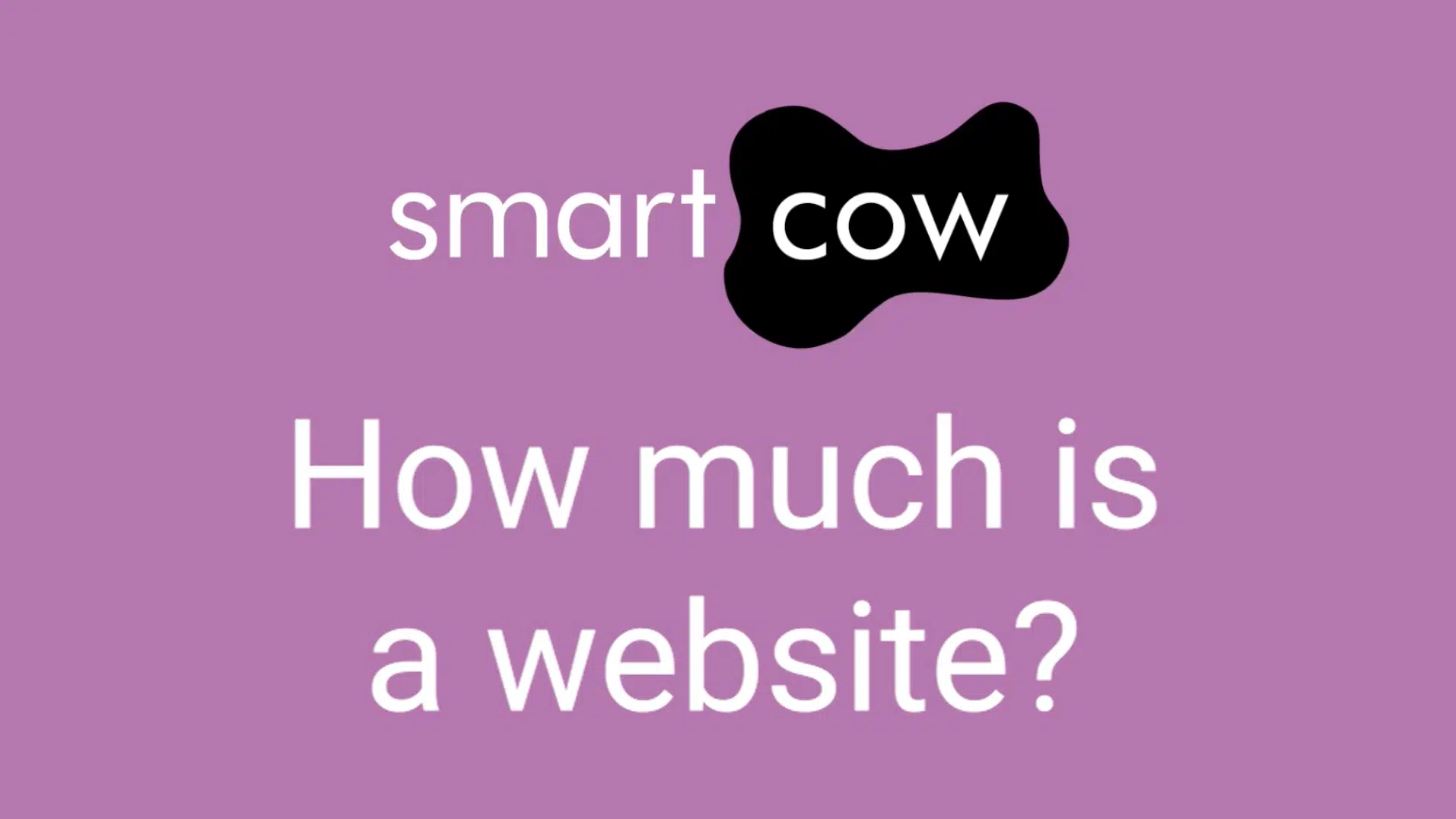In a digital landscape teeming with constant streams of information, small business owners face the challenging task of capturing and retaining the fleeting attention of their audience.
As unconventional as it might sound, one potent tool to achieve this is the humble emoji.
Once relegated to personal communications, emojis have now weaved their way into the fabric of marketing strategies, proving to be much more than a fad.
This blog explores how small businesses can leverage these tiny icons to forge powerful connections with their customers, enhance engagement, and even help to boost their search engine visibility.
The Power of Emojis in Marketing
Emojis are more than just visually appealing; they are a universal language that transcends cultural and language barriers, often encapsulating emotions and sentiments that are tough to express in words alone.
Emotional Connection at a Glance
One of the most significant benefits of using emojis in your marketing is the instant emotional connection they create. They add a layer of warmth and relatability, making your brand’s message more approachable and human. In an age where digital interaction is a major part of our daily lives, emojis help bridge the gap between the screen and real emotions, which is vital for building customer loyalty.
Visual Appeal and Increased Engagement
On a purely visual level, emojis break up the monotony of text, drawing the eye and inviting readers to engage with content. This visual break leads to a higher likelihood of your message being read and understood. Studies have shown that social media and marketing content featuring emojis enjoy higher engagement rates.
Tips for Using Emojis Effectively
While emojis can be incredibly powerful, their usage in your marketing approach must be thoughtful and strategic.
Consistency with Brand Voice
Your choice of emojis should reflect and extend your brand’s personality. If your tone is more formal, the overly casual use of emojis might dilute your message. It’s crucial to develop guidelines or a strategy around when and how to use emojis to maintain the integrity of your brand’s voice.
A/B Testing for Effectiveness
The use of emojis can have a significant effect on how your customers perceive and respond to your content. AvB testing is an invaluable tool to measure the effectiveness of emojis in your marketing. By comparing the performance of messages with and without emojis, you can derive data-driven insights that will inform your future strategies.
Examples of Successful Emoji Marketing Campaigns
There are numerous instances of brands using emojis to great effect, and studying these can provide valuable insights for small business owners.
Case Studies Showcasing Impact
Case studies demonstrate how strategic emoji use can lead to tangible results, such as increased engagement, conversion rates, and even brand recall. For instance, in 2015, Domino’s introduced a tweet-to-order system that allowed customers to order a pizza using a pizza slice emoji. This clever campaign not only won awards but also translated to a spike in sales.
Lessons Learned from Top Brands
Large corporations have invested significant resources in leveraging emojis in their marketing campaigns, often with ground-breaking success. By analysing their strategies, even small businesses can glean insights into how to integrate emojis effectively.
SEO Benefits of Emojis
Incorporating emojis in your online content can have indirect yet effective Search Engine Optimisation (SEO) benefits.
Enhanced Visibility in Organic Search
Including emojis in your meta descriptions or social media posts can make them stand out in crowded search engine results. Emojis help to highlight and categorise your content, leading to higher visibility.
Improved Click-Through Rates
Higher click-through rates (CTRs) correlate directly with higher search rankings. When used correctly, emojis can draw the eye and encourage users to click on your content, potentially boosting your SEO performance.
Digital Marketing Campaigns
The use of emojis in marketing for small business owners is not just a passing trend but a strategic tool that, when wielded correctly, can yield a host of benefits. It helps to create a more personal connection with your audience, improves the visual appeal and engagement of your content, and can enhance your online presence, particularly with SEO.
As with any marketing tool, the key is to integrate emojis with purpose and relevance, aligning them with your brand’s identity and audience’s preferences. It’s time to consider the communicative strength of these seemingly innocuous symbols and start incorporating them into your marketing strategy.
If you need support with your next digital marketing campaign, get in touch with Smart Cow Marketing.



